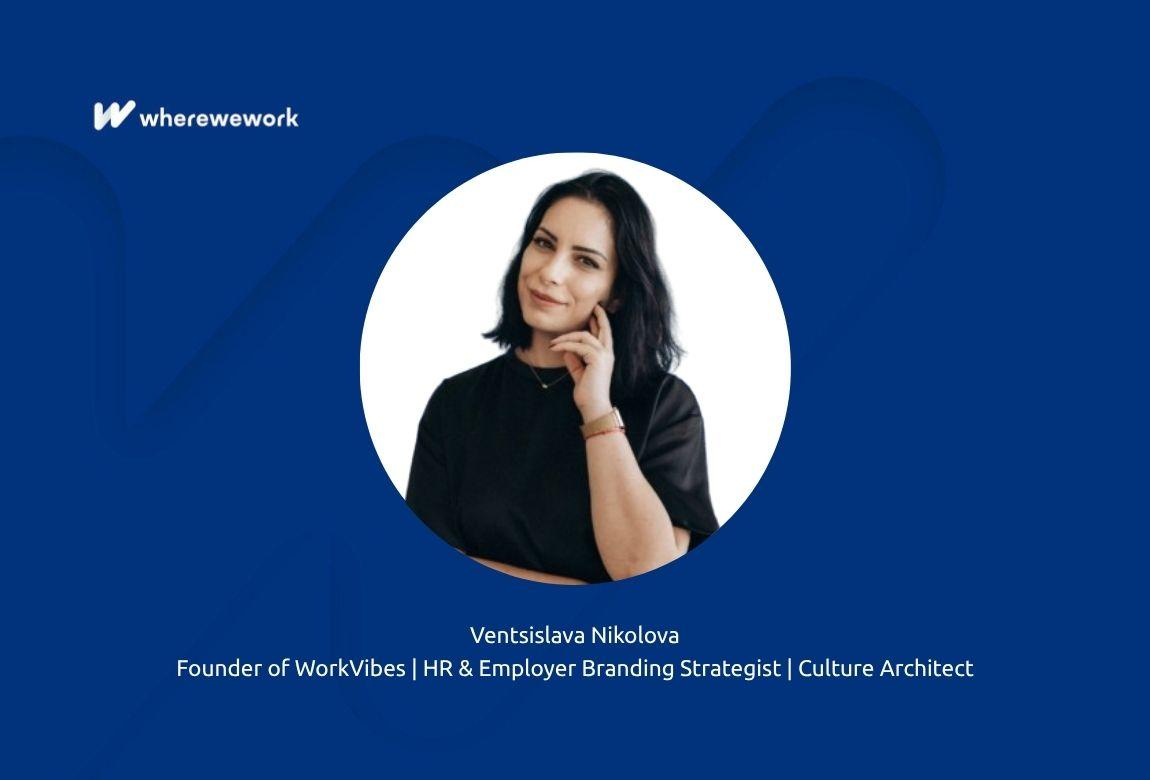Share
Redefining What Success Looks Like in Employer Branding

Let’s get something out of the way: employer branding isn’t a formula. You won’t find a universal blueprint that applies equally well in a fintech startup, a logistics giant, and a regional healthcare group. The work is contextual, nuanced, and deeply human.
That’s why success in an employer branding role can’t be measured only by the number of careers page visitors or social media likes. It’s much messier than that. And much more meaningful, if you choose to approach it that way.
Here’s what I’ve learned about making the role not only effective but fulfilling.
Forget the labels. Start with the people.
It’s easy to fall into the trap of categories employees, candidates, leadership, HR, managers. But behind each title is a person. And the moment we forget that, the work becomes mechanical. Generic.
I’ve seen employer branding strategies built around perfect messaging, polished EVP statements, and clever hashtags that missed the mark completely. Why? Because they weren’t grounded in empathy. They were talking at people, not with them.
Real traction starts when you treat every stakeholder not as a segment, but as a person with concerns, expectations, and a lived experience inside your organization. You’re not managing “employee perception.” You’re in a conversation with real humans.
Co-creation beats control. Every single time.
Here’s a pattern I see often: employer branding is owned by one team, sometimes one person, working in a vacuum. They shape onboarding, career pages, campaigns… then present it to the business like a finished product.
It rarely sticks.
When you involve people from the beginning employees, managers, even candidates they’ll feel like it’s theirs. And when they feel ownership, they’re far more likely to support, amplify, and protect the brand you’re building.
Ask your new hires what actually helped them feel welcome. Involve team leads in shaping value stories. Run your messaging past people outside your HR bubble. You’ll get feedback you didn’t expect and ideas you couldn’t have come up with alone.
Buy-in is earned, not assumed.
We all know nothing big moves forward without leadership support. But getting leadership on board isn’t just about a pitch deck or a business case. It’s about helping them see that employer branding isn’t fluff it’s risk management, retention, attraction, and business continuity all rolled into one.
Want a CFO to listen? Talk about the cost of losing a high performer. Want a CEO to care? Show how culture perceptions are impacting reputation or delivery.
Also, don’t wait for quarterly reviews. Share wins as they happen. Share losses, too. Bring leadership in early, often, and authentically. You’re not just reporting you’re inviting them into the process.
If you promise something, mean it. If you can’t deliver, talk about it.
Nothing damages internal trust faster than unfulfilled promises wrapped in silence. If you’re asking for feedback through surveys or interviews, you’re opening a loop. Closing that loop, even if the answer is “we can’t fix this right now, but here’s why,” builds credibility.
Employer branding is transparent by nature. Everything you communicate internally or externally can be screenshotted, shared, and scrutinized. That’s not something to fear. It’s something to respect.
The more honest you are about what you’re still figuring out, the more trust you’ll gain. And when the brand is trusted, it starts to become something people protect, not just consume.
Stop measuring success by the loudest voice in the room.
You’ll never please everyone. Not every campaign will resonate with every team. Not every EVP message will land perfectly.
So what defines success?
It’s progress over last year. It’s resonance with your actual talent audience, not just leadership opinion. It’s how clearly your people understand what it means to work at your company, and whether that matches reality.
If you’re getting feedback like “this feels like us,” you’re on the right track—even if it’s not flawless.
Connect the brand work to business work.
Employer branding that lives on its own island is bound to sink. If it’s disconnected from business goals, product strategy, or workforce planning, it will always struggle to get traction.
Sit in on business planning meetings. Ask hiring managers what they’re struggling with. Get familiar with the company’s financial and operational priorities.
The more fluently you speak the language of the business, the more easily you’ll embed employer branding into it.
Final thoughts: You’re not just a storyteller you’re a systems thinker.
Yes, branding is about stories. But it’s also about systems. Culture. Trust. Experience. Alignment.
If you want to succeed in your role, you’ll need both creative instinct and operational thinking. You’ll need to know how to build a campaign and how to fix a broken feedback loop. You’ll need to champion the brand and challenge it when it’s misaligned with reality.
It’s not easy. But it’s the kind of work that matters deeply because when done well, it shapes the everyday experience of real people at work.
And that’s something worth building.
Share
What I read is worth it:
Read all the articles about
Leadership concepts HR Coach Employer branding Employee experience Organizational excellenceArticle written by:
Comments
0 comments

Access your account and add your comment
Leadership concepts
Subscribe to the Newsletter
Read articles of interest from wherewework.bg contributors


